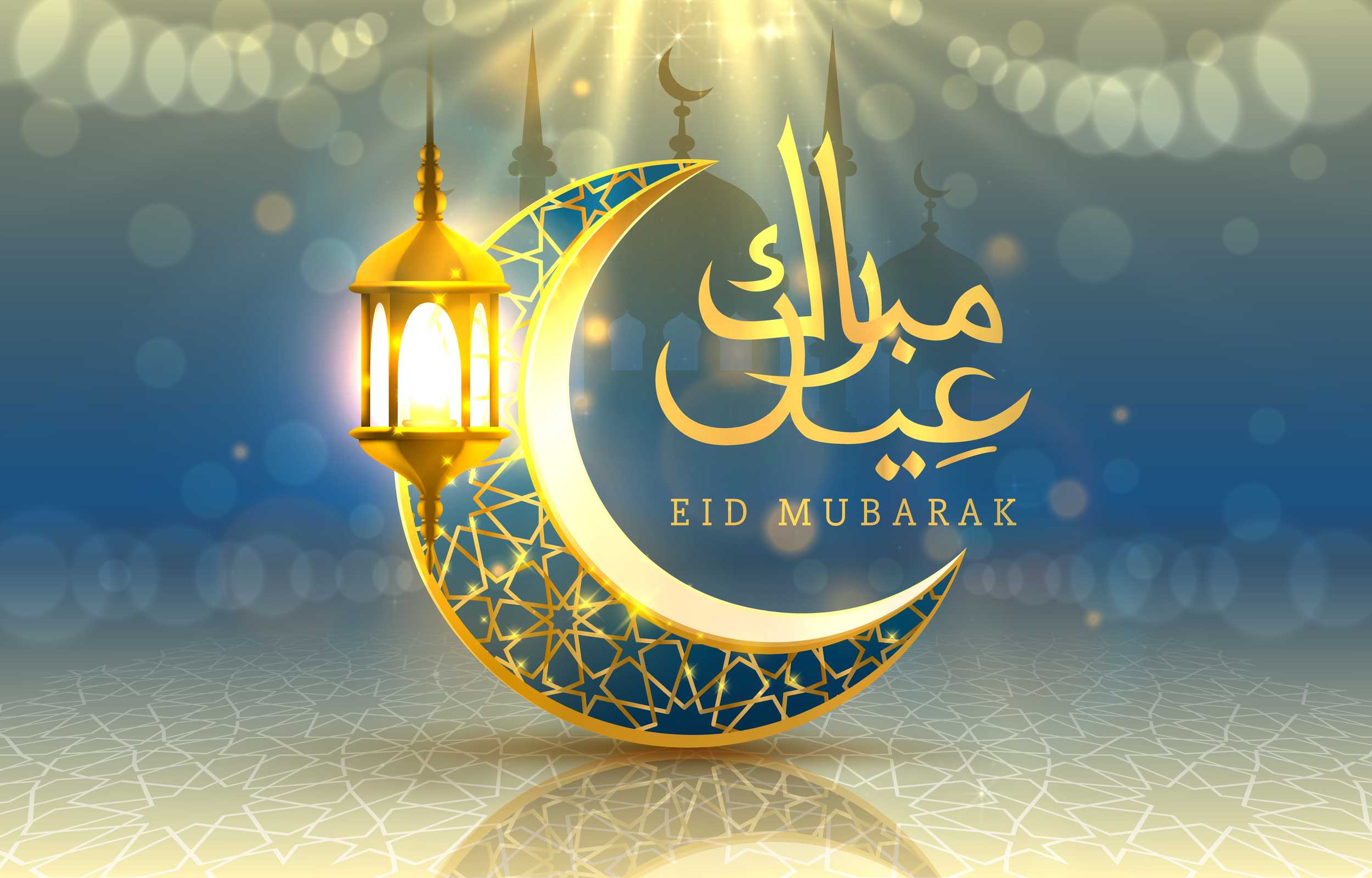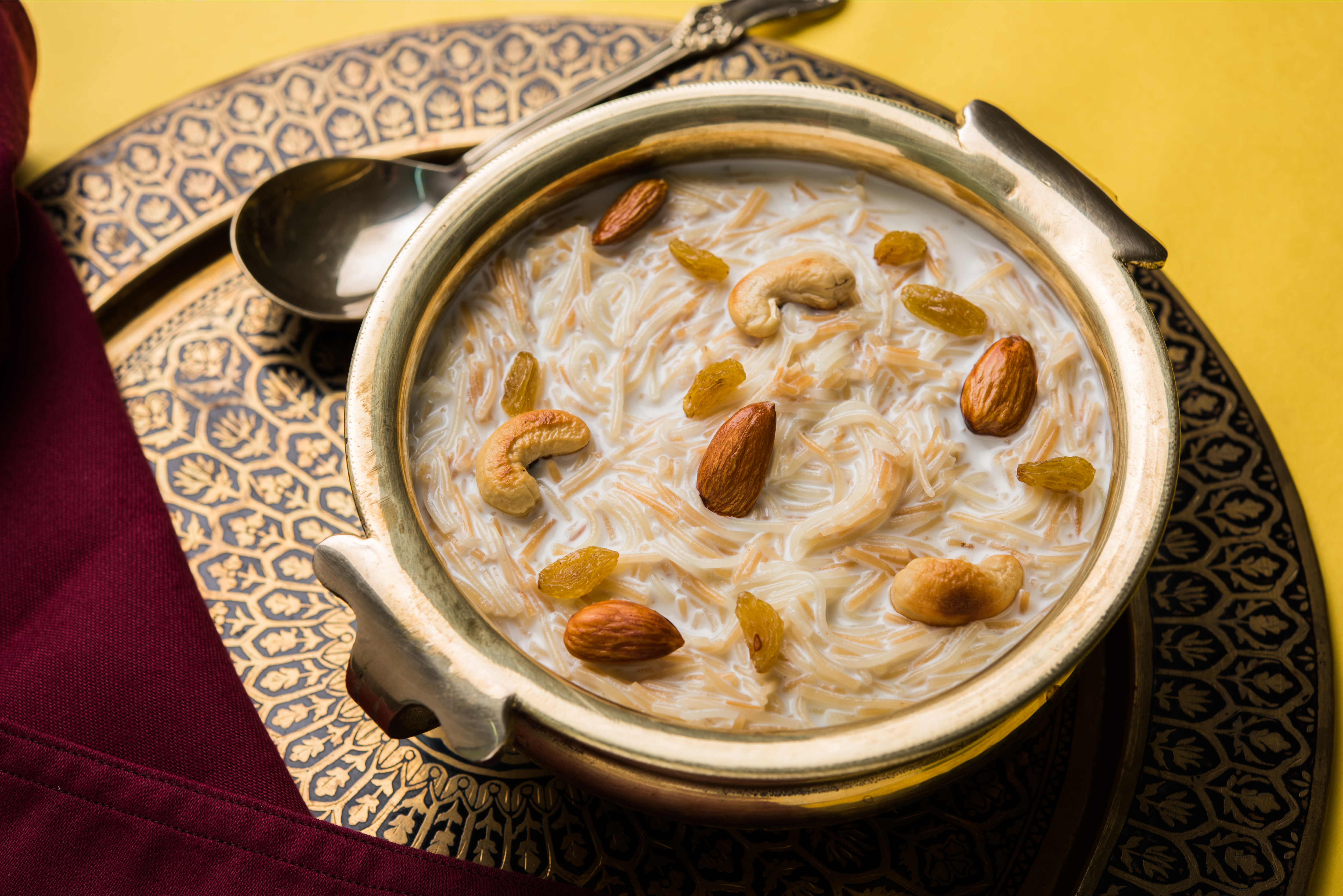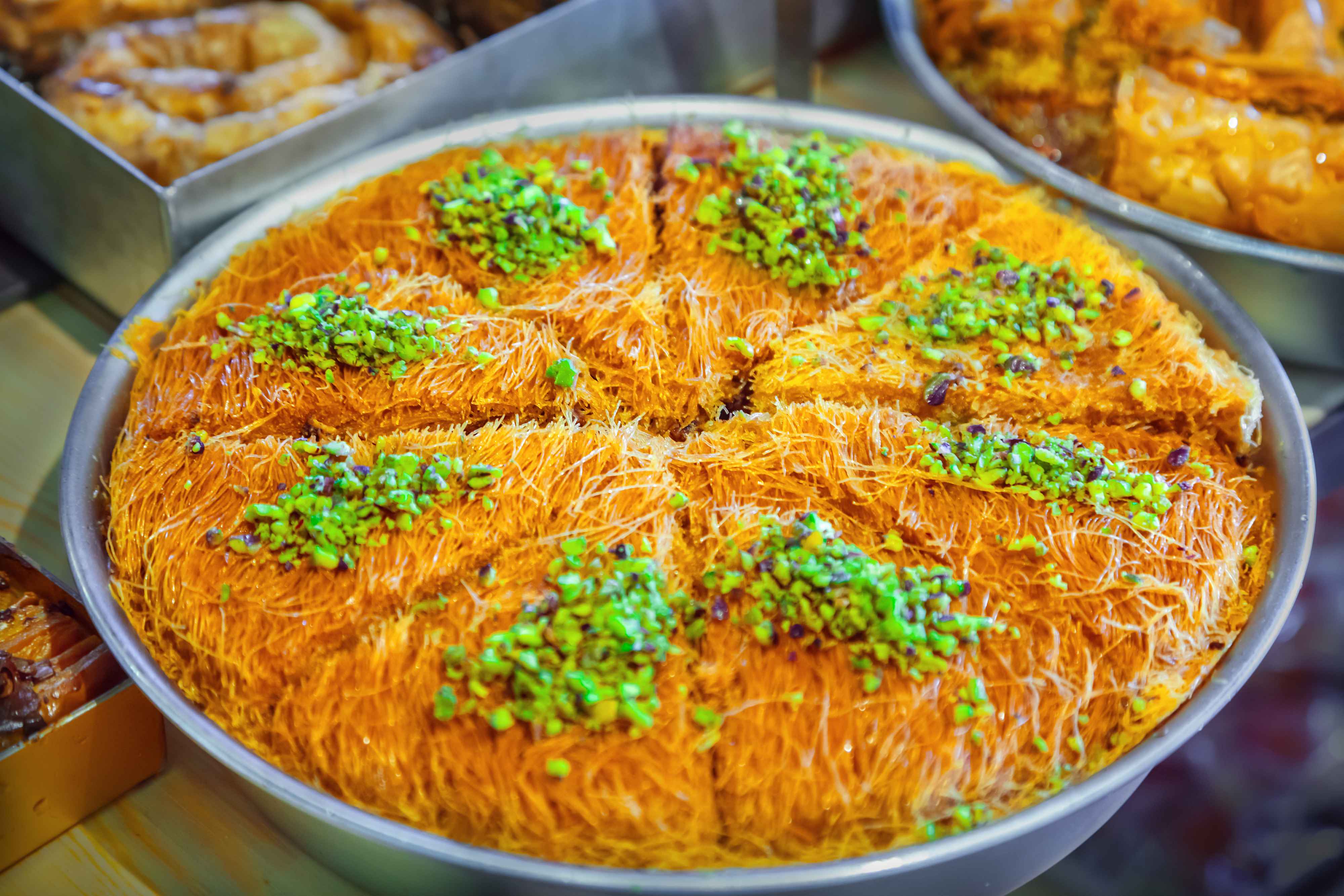Eid Mubarak: The Festival of Breaking Fast
You must have seen or heard your Muslim friends in school saying that they or their families are observing Roza or fasting on Ramadan. They must have also told you that with Eid-ul-Fitr, which is at the end of the month of Ramadan, the period of fasting would be over. Do you know Eid-ul-Fitr is one of the biggest or most significant festivals of the Islamic community? Why do they fast? What is Iftar? Read ahead to know more about this holy festival and also the 5 traditional food consumed on Eid-ul-Fitr by the Muslim community around the world.

Importance of Eid-ul-Fitr
Eid-ul-Fitr is one of the two most important festivals in Islam. The festival marks the end of Ramadan, which is the holy month of fasting for Muslims around the world. Eid-ul-Fitr is celebrated in the first three days of Shawwal, the 10th month of the Islamic calendar. The festival commences after the first sighting of the crescent moon at the end of the month of Ramadan. Through dawn-to-sunset fasting or Roza, the Muslim community practises self-restraint during Ramadan. The spirit of the holy month helps in purifying the body and mind as people not only restrain themselves from food during the day but also avoid impure acts of stealing, telling lies, etc.
The history of Eid-ul-Fitr states that it was during the month of Ramadan or Ramzan that the Holy Quran was revealed to the Islamic Prophet Muhammad. It is believed that the first Eid was celebrated in 624 CE by the Prophet along with his friends and relatives after being victorious in the battle of Jang-e-Badar. This year Eid-ul-Fitr is expected to fall on 3rd May 2022. The festival is marked by community prayers at mosques, community dining, indulging in acts of charity, exchanging greetings and gifts with all and families and friends spending time together. It is a day that children look forward to as they receive gifts and cash from elders along with blessings.
Muslims give “Zakaat” during the last few days of Roza in the month of Ramadan or Ramzan. It is an act of kindness or charity that involves giving donations. This beautiful custom ensures that the less privileged also get to celebrate Eid. The act is also a display of gratitude to the Almighty.
Iftar and 5 Traditional Desserts of Eid-ul-Fitr
No festival or celebration is complete without yummy delicacies. Eid-ul-Fitr also has its own set of delicious desserts that enrich the sweetness of the festival. After the sunset prayer, Muslims assemble in their homes or mosques to break their fast. The first meal with which they end their fast for the day is called ifṭār. The ifṭār meal is often shared with friends and extended family. It usually begins with dates or apricots and water or sweetened milk. The consumption of dates boosts the blood glucose level of the body after the entire day of fasting.
‘Sugar Feast’, ‘Festival of Sweets’ and ‘Sweet Eid’ are other popular names given to this festival. This is because of the sweet treats enjoyed by people during ifṭār. With the spread of Islam, each culture came up with its Eid-ul-Fitr cuisines, resulting in the myriad of dishes we have today.
Here are five traditional and popular Eid-ul-Fitr desserts from around the world.
1. Maamoul
Primarily eaten in Levantine countries like Syria and Lebanon, Maamoul is a shortbread cookie. The cookies come with a variety of different stuffing, such as dates, pistachios and walnuts. The maamoul cookies are often covered in powdered sugar. A very similar cookie, known as Kleicha, is enjoyed in Iraq. Kahk is consumed by Muslims in Egypt and Sudan on Eid.
2. Sheer Khurma
Sheer Khurma translates to ‘milk with dates’. In Bangladesh, it is also known as semai. A similar counterpart is Saviya. This sweet vermicelli dessert is a favourite Eid food among Muslims of Pakistan, India, Bangladesh and Afghanistan. It’s prepared by stir frying vermicelli in ghee sugar and adding aromatic spices such as cardamom. It is then prepared in milk, with dates, pistachios, almonds and/or raisins. Sheer khurma or Saviya appears like a sweet milk noodle dessert. Many families enjoy the delicacy right after Eid prayer for brunch or breakfast.

3. Baklava
A popular Eid desert among the Turkish, Iranian and Arabic people, this dessert will leave you wanting more. It is a layered pastry dessert made of filo pastry sheets and rich dollops of butter. It is filled with chopped nuts and sweetened with syrup or honey. This Eid dessert is traditionally made by thinly stuffing the layers of dough with pistachios, almonds and walnuts. In some parts of Turkey, baklava is often served with a topping of kaymak or ice cream.
4. Kanafeh
Kanafeh is another favourite dessert among Middle Eastern people. It makes for one of the top picks for Eid-ul-Fitr in Levant cultures. To prepare Kanafeh, shredded phyllo dough is paired with slices of white cheese, such as Nabulsi or Akkawi cheese. The sweet delicacy is served with a drizzle of fragrant sugar syrup. It appears like a rectangular slab of cake.

5. Nougat
Nougat has been a favourite treat for Eid-ul-Fitr ever since the 10th century. The confection is made by mixing nuts and sometimes pieces of fruits in a sugar paste. Nougats have a varied composition. It can either be of a chewy or brittle consistency. Nougat's origins can be traced back to Mediterranean countries, where honey, almonds or other nuts were beaten into egg whites and then sun-dried.
Have a Happy and Blessed Eid-ul-Fitr!
I hope you have learnt something new about Eid-ul-Fitr because when we think of food during Eid, it is mainly about Biryani and Korma. However, yummy desserts also make a part of this beautiful occasion. This holy festival teaches us to value self-control, gratitude and kindness. Remember to wish your Muslim friends Eid Mubarak and enjoy the spirit of goodness this Eid.







